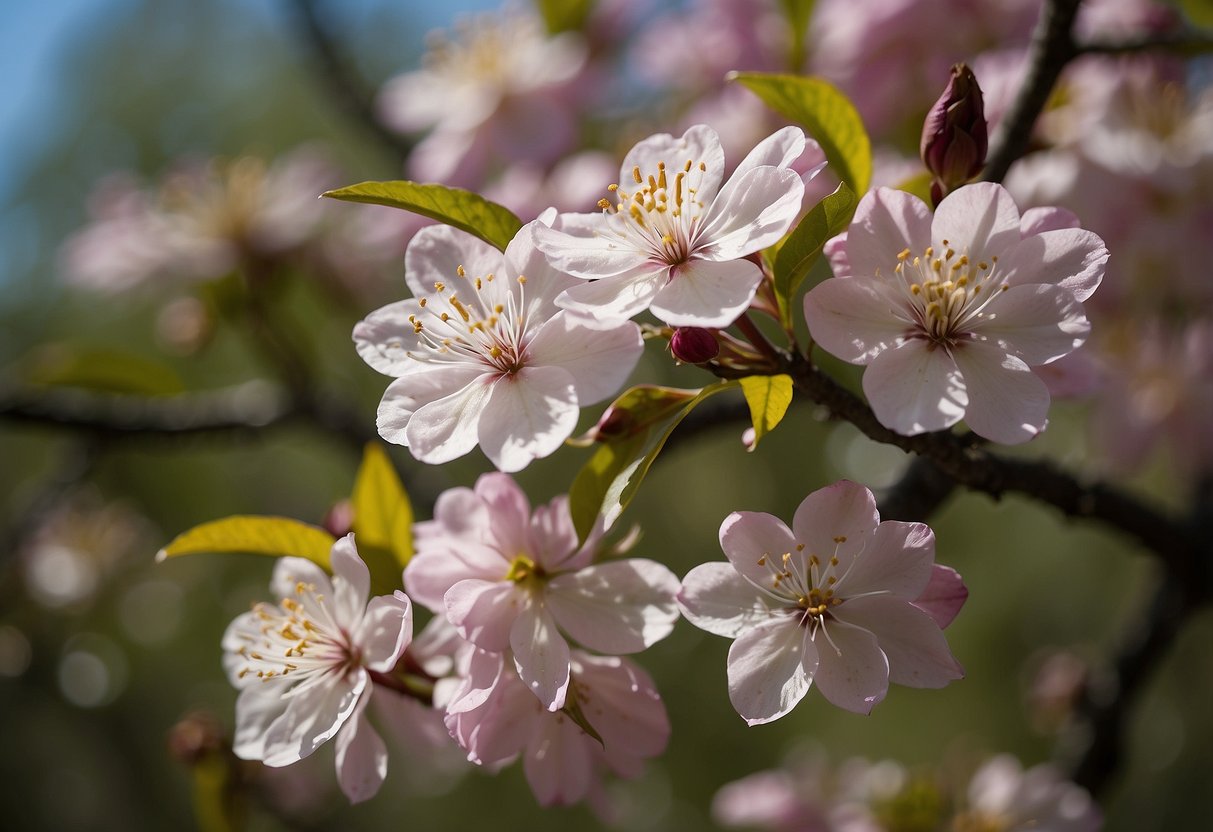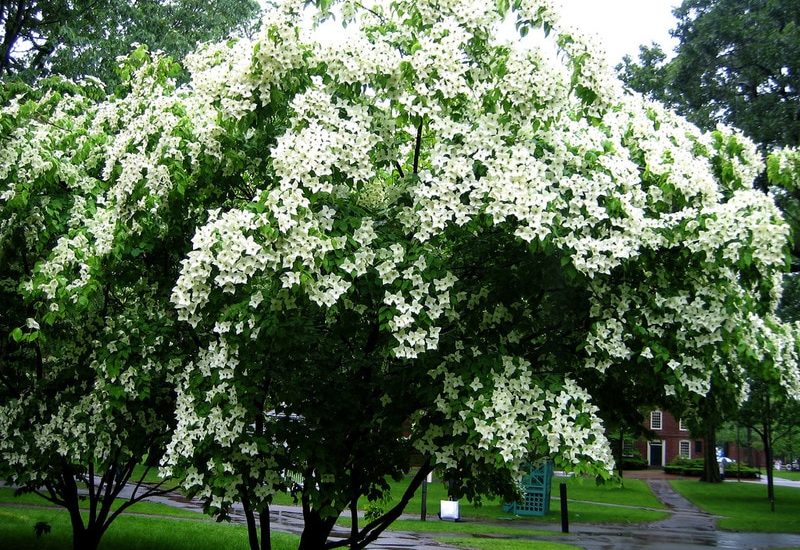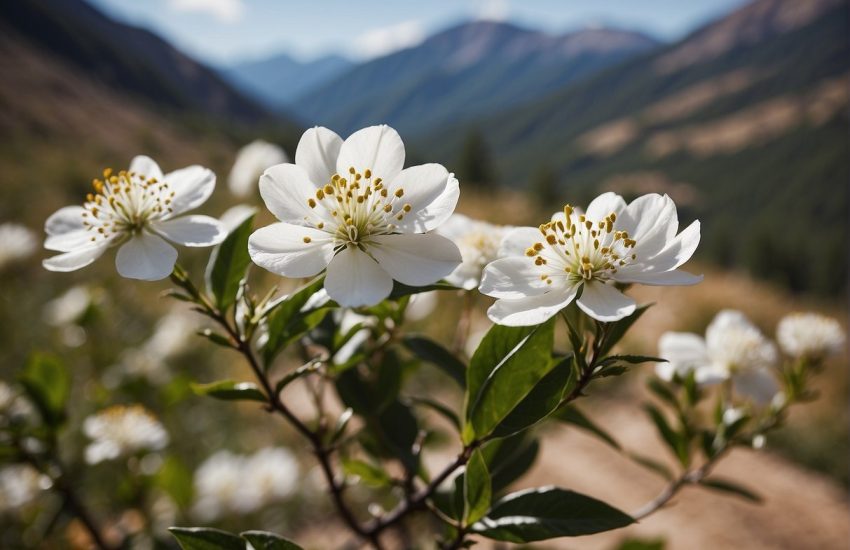Flowering Trees in Arkansas: A Guide to the Best Varieties for Your Garden
Arkansas is home to a diverse range of flora, including many species of flowering trees. These trees provide a beautiful addition to the state’s forests and gardens. For gardeners in Arkansas, planting flowering trees can be a great way to add color and interest to their landscapes.

Some of the most popular flowering trees in Arkansas include dogwoods, redbuds, and goldenrain trees. These trees are well-suited to the state’s climate and can be found in many gardens and natural areas throughout Arkansas. In addition to their beauty, flowering trees also provide important ecological benefits, such as providing food and habitat for wildlife.
Whether you’re a seasoned gardener or just starting out, planting a flowering tree can be a rewarding experience. With so many species to choose from, there’s sure to be a tree that will thrive in your garden and provide years of beauty and enjoyment.
Diversity of Flowering Trees in Arkansas
Arkansas is home to a wide variety of flowering trees, both native and ornamental. These trees add beauty and color to the state’s landscapes and provide important habitats for pollinators and other wildlife. In this section, we will explore the diversity of flowering trees in Arkansas, including native species, ornamental and landscaping choices, and invasive concerns.
Native Species
Arkansas is home to many native flowering trees, including the dogwood, serviceberry, and eastern redbud. These trees are well-adapted to the state’s climate and soils and provide important habitats for wildlife. The dogwood, for example, is a small deciduous tree that produces showy white or pink flowers in the spring. It is also an important food source for birds and other wildlife.
Ornamental and Landscaping Choices
In addition to native species, there are many ornamental and landscaping choices for those looking to add color and beauty to their yards. Some popular choices include the crabapple tree, crape myrtle, saucer magnolia, and Japanese snowbell. These trees are known for their showy flowers and attractive foliage and bark.
Invasive Concerns
While many flowering trees are beneficial for the environment and provide important habitats for wildlife, some non-native species can become invasive and cause harm to native ecosystems. Two examples of invasive species in Arkansas are the callery pear and Chinese tallow tree. These trees can outcompete native species and disrupt natural ecosystems.
In conclusion, Arkansas is home to a diverse array of flowering trees, from native species to ornamental and landscaping choices. It is important to be aware of invasive species and their potential impact on the environment and to choose trees that are well-suited to the local climate and soil conditions.
Cultivation and Care for Flowering Trees

Climate and Soil Requirements
When it comes to cultivating flowering trees in Arkansas, it is important to consider the climate and soil requirements. Arkansas has a humid subtropical climate, which means that the summers are hot and humid, and the winters are mild. Most flowering trees will thrive in this type of climate, but it is important to choose a tree that is suitable for the specific location and soil type.
Most flowering trees prefer well-drained soil that is slightly acidic. It is important to avoid planting trees in areas with poor drainage, as this can lead to root rot and other problems. If the soil is too alkaline, it may be necessary to add sulfur to lower the pH level.
Maintenance and Growth
Proper maintenance is essential for the growth and health of flowering trees in Arkansas. This includes regular pruning, watering, and fertilizing.
Pruning should be done in the late winter or early spring before the tree begins to bloom. This will help to promote healthy growth and improve the overall appearance of the tree. It is important to remove any dead or diseased branches, as well as any branches that are crossing or rubbing against each other.
Watering is also important, especially during the first few years of growth. Trees should be watered deeply once a week, or more often if the soil is dry. It is important to avoid overwatering, as this can lead to root rot and other problems.
Fertilizing is also important for the growth and health of flowering trees. A balanced fertilizer should be applied in the early spring before the tree begins to bloom. It is important to follow the manufacturer’s instructions and avoid overfertilizing, as this can lead to excessive growth and other problems.
Overall, with proper care and maintenance, flowering trees can thrive in Arkansas and provide years of beauty and enjoyment.


